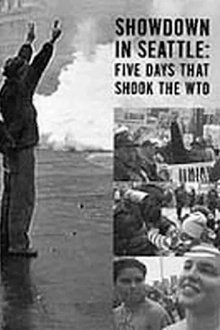Have you ever wondered what it is like to live on a Nike sweatshop wage? Watch the award-winning short film, Behind the Swoosh, and see Jim Keady and Leslie Kretzu attempt to survive on a Nike worker’s wage in the industrial slums of Indonesia.
Related Movies
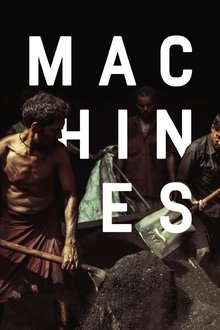
Machines (2017)
This portrayal of the rhythm of life and work in a gigantic textile factory in Gujarat, India, moves through the corridors and bowels of the enormously disorienting structure—taking the viewer on a journey of dehumanizing physical labor and intense hardship.
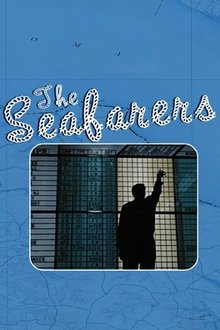
The Seafarers (1953)
Members of the American Federation of Labor, the Atlantic & Gulf Coast District of the Seafarers International Union commissioned budding filmmaker and magazine photographer Stanley Kubrick to direct this half-hour documentary. The director's first film in color, it is more of an industrial film than a documentary, it served as a promotional tool to recruit sailors to the union.
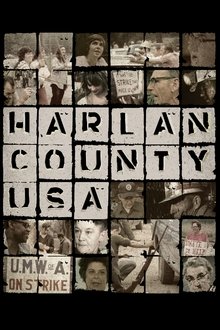
Harlan County U.S.A. (1977)
This film documents the coal miners' strike against the Brookside Mine of the Eastover Mining Company in Harlan County, Kentucky in June, 1973. Eastovers refusal to sign a contract (when the miners joined with the United Mine Workers of America) led to the strike, which lasted more than a year and included violent battles between gun-toting company thugs/scabs and the picketing miners and their supportive women-folk. Director Barbara Kopple puts the strike into perspective by giving us some background on the historical plight of the miners and some history of the UMWA. Preserved by the Academy Film Archive in partnership with New York Women in Film & Television in 2004.
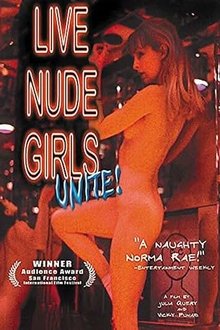
Live Nude Girls Unite! (2000)
Documentary look at the 1996-97 effort of the dancers and support staff at a San Francisco peep show, The Lusty Lady, to unionize. Angered by arbitrary and race-based wage policies, customers' surreptitious video cameras, and no paid sick days or holidays, the dancers get help from the Service Employees International local and enter protracted bargaining with the union-busting law firm that management hires. We see the women work, sort out their demands, and go through the difficulties of bargaining. The narrator is Julia Query, a dancer and stand-up comedian who is reluctant to tell her mother, a physician who works with prostitutes, that she strips.
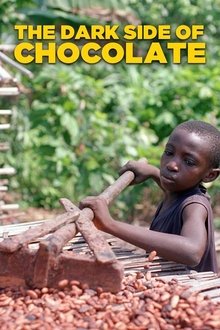
The Dark Side of Chocolate (2010)
A team of journalists investigate how human trafficking and child labor in the Ivory Coast fuels the worldwide chocolate industry. The crew interview both proponents and opponents of these alleged practices, and use hidden camera techniques to delve into the gritty world of cocoa plantations.

The Finland Phenomenon (2011)
Finland’s education system has consistently ranked among the best in the world for more than a decade. The puzzle is, why Finland? Documentary filmmaker, Bob Compton, along with Harvard researcher, Dr. Tony Wagner, decided to find out. The result of their research is captured in a new film, "The Finland Phenomenon: Inside the World’s Most Surprising School System". In the 60-minute film, Dr. Wagner guides the viewer through an inside look at the world’s finest secondary education system. A life-long educator and author of the best-selling book "The Global Achievement Gap," Dr. Wagner is uniquely qualified to explore and explain Finland’s success. From within classrooms and through interviews with students, teachers, parents, administrators and government officials, Dr. Wagner reveals the surprising factors accounting for Finland’s rank as the #1 education system in the world.
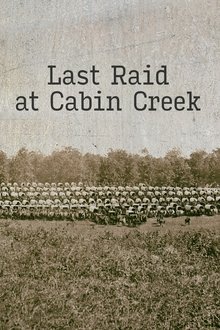
Last Raid at Cabin Creek: An Untold Story of the American Civil War (1992)
This award-winning documentary tells the true story of the final Confederate raid into what is now northeastern Oklahoma. The raid culminated in the capture of more than 300 Federal supply wagons at Cabin Creek in the Cherokee Nation. Now streaming on TUBI, PRIME VIDEO, TRUETVPLUS, and HISTORYFIX.

The Harvest (La Cosecha) (2011)
The story of the children who work 12-14 hour days in the fields without the protection of child labor laws. These children are not toiling in the fields in some far away land. They are working in America.
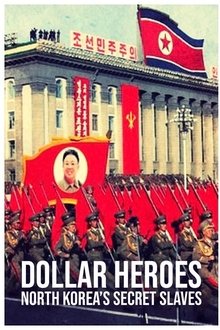
North Korea's Secret Slaves: Dollar Heroes (2018)
Shrouded in secrecy and notoriously cash-strapped the North Korean regime has resorted to running one of the world's largest slaving operations - exploiting the profits to fulfil their own agenda. These bonded labourers can be found in Russia, China and dozens of other countries around the world including EU member states. Featuring undercover footage and powerful testimonials, we reveal the scale and brutality of the operation and ask what, if anything, is being done to stop it.
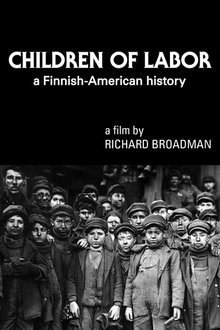
Children of Labor: A Finnish-American History (1977)
How Finnish immigrants came into contact — and conflict — with industrial America. Three generations of Finnish-Americans recount how they coped with harsh realities by creating their own institutions: churches, temperance halls, socialist halls, and cooperatives.

Made in L.A. (2007)
Made in L.A. follows the remarkable story of three Latina immigrants working in Los Angeles garment sweatshops as they embark on a three-year odyssey to win basic labor protections from a mega-trendy clothing retailer. In intimate verité style, Made in L.A. reveals the impact of the struggle on each woman's life as they are gradually transformed by the experience. Compelling, humorous, deeply human, Made in L.A. is a story about immigration, the power of unity, and the courage it takes to find your voice.
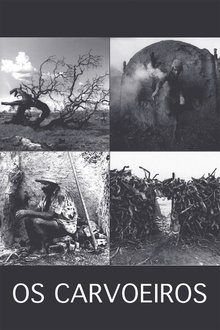
The Charcoal People (2000)
This deeply human documentary examines the subject of environmental destruction, highlighting the impoverished migrant workers who are chopping down the Amazon rainforest to create charcoal for pig iron production used primarily in the automobile industry. The film examines the children and elders and their daily lives and work as they burn timber in igloo-looking huts, their bodies charred gray for $2 a day, struggling to survive.
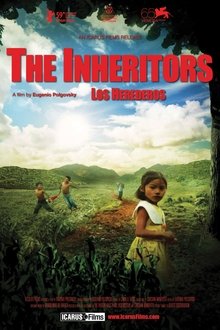
The Inheritors (2011)
The Inheritors immerses us in the daily lives of children who, with their families, survive only by their unrelenting labor. Polgovsky spent two years filming in many of the poorest rural areas of Mexico.
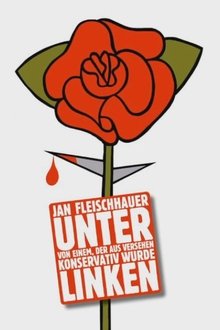
Unter Linken (2010)
In Germany, left-wingers do not have to justify their views. They have established their opinions across the board, not among the people, but in the circles that set the tone, i.e. where they prefer to be at home. Those on the left have the wonderful feeling of always being right. In politics, the left has often been wrong, but somehow that doesn't matter, they are always credited with the best motives. Why is that? Jan Fleischhauer has spent a large part of his life among left-wingers - from his parents' home to school and university to the journalists' milieu in which he has worked for two decades. Now he takes a close look at them, with the detachment of someone who at some point discovered that he no longer belonged. The book is an analysis, polemic and personal experience report. A foray through the empire of the left.

Shady Chocolate (2012)
Ever since it was revealed that the chocolate industry is involved with child slavery in the Ivory Coast, the industry has been busy – due to consumer demands – explaining what exactly it does to actively fight trafficking and child labour. But does the industry live up to its own promises?In this investigative film, director Miki Mistrati tries to find out, if the chocolate industry – which is one of the largest corporations in the world – speak the truth, when they say that they provide education, medical care etc for the children of the Ivory Coast. But the project runs into trouble already from the get-go, because the embassy of the Ivory Coast won’t let Miki enter the country until he has an invitation – from the chocolate industry.
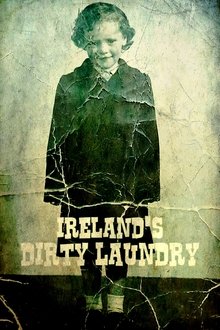
Ireland's Dirty Laundry (2022)
The tragic and shocking story of the notorious Magdalene Laundries, a shameful system, created by the Irish State but supported by all strata of Irish society, which enslaved more than ten thousand women between 1922 and 1996.
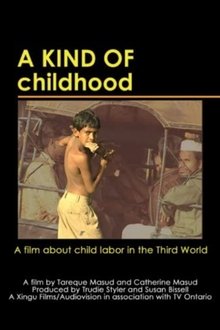
A Kind of Childhood (2002)
This is a film which challenges our notions of child labor. It peeks into a world where the concept of childhood as we know it has no meaning, where children support their parents, and where work is just another part of growing up. This is Dhaka, Bangladesh. Following several children over a period of six years, A KIND OF CHILDHOOD is an attempt to focus on the realities of child labor, with real children, their struggles and dreams.
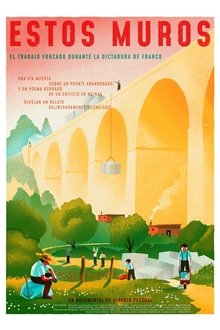
Estos muros (2021)
In the mountains of Madrid, Spain, a railway track on an abandoned bridge and a poem erased from the wall of a ruined building reveal a deliberately silenced story: the system established by Franco's dictatorship after the civil war (1936-39) that allowed hundreds of companies to use thousands of convicted Republicans as slave labor.

Northern Minnesota's Labor Wars (2017)
Filmmaker Gary Kaunonen of KCC-TV in International Falls just released a new documentary about a pivotal time in Northern Minnesota’s labor history. It’s called “Northern Minnesota’s Labor Wars.” The years 1916 and 1917 brought major labor uprisings in the mines of the Mesabi Iron Range and the lumber camps of the state’s far northern pine forests. These events not only shaped local history, but became vital turning points in the national and international labor movement.
